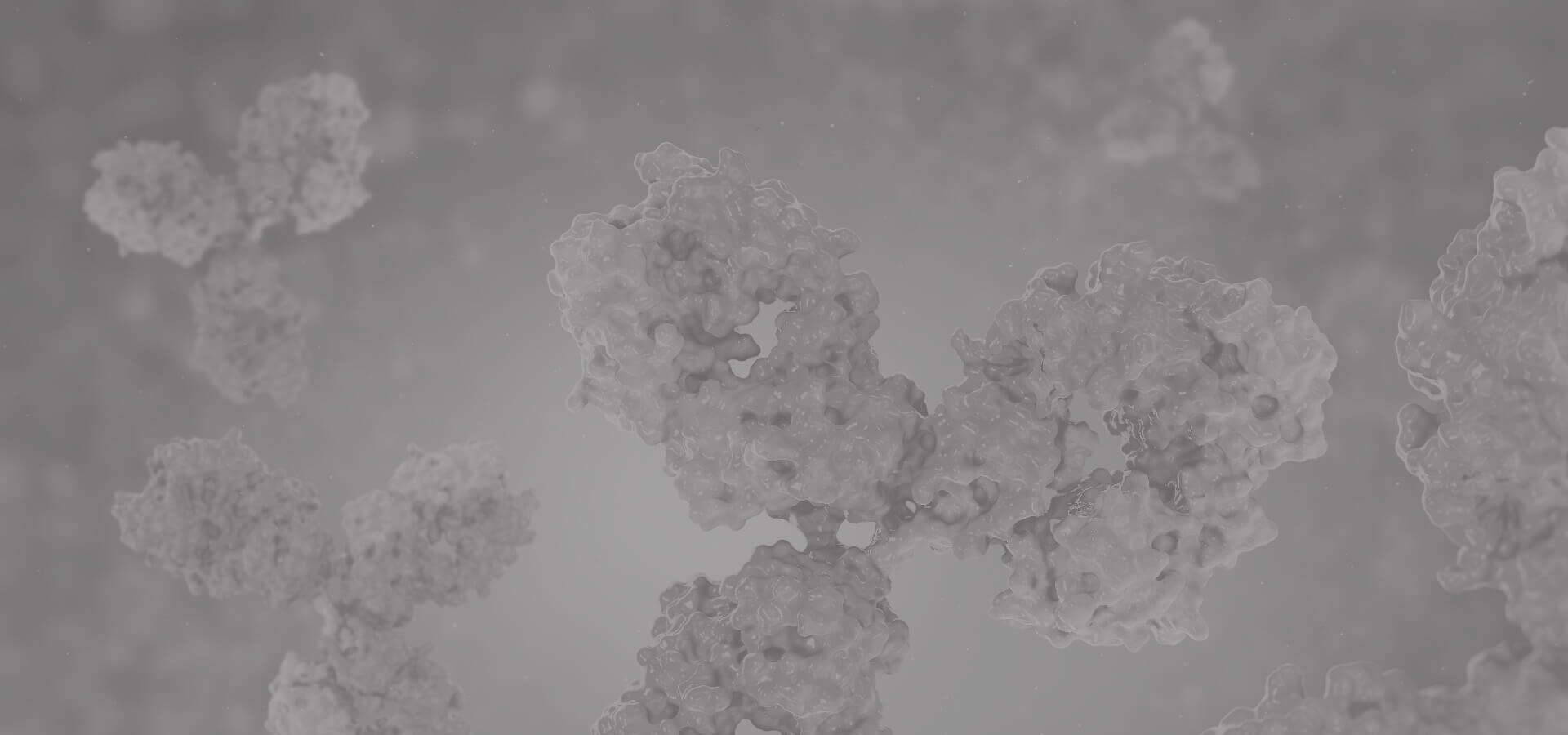DBH
The protein encoded by this gene is an oxidoreductase belonging to the copper type II, ascorbate-dependent monooxygenase family. The encoded protein, expressed in neuroscretory vesicles and chromaffin granules of the adrenal medulla, catalyzes the conversion of dopamine to norepinephrine, which functions as both a hormone and as the main neurotransmitter of the sympathetic nervous system. The enzyme encoded by this gene exists exists in both soluble and membrane-bound forms, depending on the absence or presence, respectively, of a signal peptide. Mutations in this gene cause dopamine beta-hydroxylate deficiency in human patients, characterized by deficits in autonomic and cardiovascular function, including hypotension and ptosis. Polymorphisms in this gene may play a role in a variety of psychiatric disorders. [provided by RefSeq, Aug 2017]
Full Name
Dopamine Beta-Hydroxylase
Function
Conversion of dopamine to noradrenaline.
Biological Process
Behavioral response to ethanol Source: Ensembl
Blood vessel remodeling Source: Ensembl
Catecholamine biosynthetic process Source: Reactome
Chemical synaptic transmission Source: ProtInc
Dopamine catabolic process Source: UniProtKB
Fear response Source: Ensembl
Glucose homeostasis Source: Ensembl
Homoiothermy Source: Ensembl
Leukocyte mediated immunity Source: Ensembl
Leukocyte migration Source: Ensembl
Locomotory behavior Source: Ensembl
Maternal behavior Source: Ensembl
Memory Source: Ensembl
Norepinephrine biosynthetic process Source: UniProtKB
Octopamine biosynthetic process Source: GO_Central
Positive regulation of cold-induced thermogenesis Source: YuBioLab
Positive regulation of vasoconstriction Source: Ensembl
Regulation of cell population proliferation Source: Ensembl
Regulation of extrinsic apoptotic signaling pathway Source: Ensembl
Response to amphetamine Source: Ensembl
Response to pain Source: Ensembl
Visual learning Source: Ensembl
Blood vessel remodeling Source: Ensembl
Catecholamine biosynthetic process Source: Reactome
Chemical synaptic transmission Source: ProtInc
Dopamine catabolic process Source: UniProtKB
Fear response Source: Ensembl
Glucose homeostasis Source: Ensembl
Homoiothermy Source: Ensembl
Leukocyte mediated immunity Source: Ensembl
Leukocyte migration Source: Ensembl
Locomotory behavior Source: Ensembl
Maternal behavior Source: Ensembl
Memory Source: Ensembl
Norepinephrine biosynthetic process Source: UniProtKB
Octopamine biosynthetic process Source: GO_Central
Positive regulation of cold-induced thermogenesis Source: YuBioLab
Positive regulation of vasoconstriction Source: Ensembl
Regulation of cell population proliferation Source: Ensembl
Regulation of extrinsic apoptotic signaling pathway Source: Ensembl
Response to amphetamine Source: Ensembl
Response to pain Source: Ensembl
Visual learning Source: Ensembl
Cellular Location
Soluble dopamine beta-hydroxylase: Secreted; Secretory vesicle lumen; Chromaffin granule lumen; Secretory vesicle membrane; Chromaffin granule membrane
Involvement in disease
Orthostatic hypotension 1 (ORTHYP1):
A form of orthostatic hypotension due to congenital dopamine beta-hydroxylase deficiency. Orthostatic hypotension, also known as postural hypotension, is a finding defined as a 20-mm Hg decrease in systolic pressure or a 10-mm Hg decrease in diastolic pressure occurring 3 minutes after a person has risen from supine to standing. Symptoms include dizziness, blurred vision, and sometimes syncope. ORTHYP1 is an autosomal recessive condition apparent from infancy or early childhood and characterized by low plasma and urinary levels of norepinephrine and epinephrine, and episodic hypoglycemia.
A form of orthostatic hypotension due to congenital dopamine beta-hydroxylase deficiency. Orthostatic hypotension, also known as postural hypotension, is a finding defined as a 20-mm Hg decrease in systolic pressure or a 10-mm Hg decrease in diastolic pressure occurring 3 minutes after a person has risen from supine to standing. Symptoms include dizziness, blurred vision, and sometimes syncope. ORTHYP1 is an autosomal recessive condition apparent from infancy or early childhood and characterized by low plasma and urinary levels of norepinephrine and epinephrine, and episodic hypoglycemia.
Topology
Cytoplasmic: 1-176
Helical: 17-37
Intragranular: 38-617
Helical: 17-37
Intragranular: 38-617
PTM
N-glycosylated.
Proteolytic cleavage after the membrane-anchor leads to the release of the soluble form.
Proteolytic cleavage after the membrane-anchor leads to the release of the soluble form.
View more
Anti-DBH antibodies
+ Filters
 Loading...
Loading...
Target: DBH
Host: Mouse
Antibody Isotype: IgG2a, κ
Specificity: Human
Clone: CBYCD-561
Application*: P
Target: DBH
Host: Mouse
Antibody Isotype: IgG1
Specificity: Human, Mouse, Rat, Horse, Cattle, Pig, Dog
Clone: 10B2322
Application*: WB, IP, IF
Target: DBH
Host: Mouse
Antibody Isotype: IgG1, κ
Specificity: Human
Clone: 1046
Application*: WB, IP, IF, E
Target: DBH
Host: Mouse
Antibody Isotype: IgG1, λ
Specificity: Human, Cat, Guinea pig, Rabbit, Cattle
Clone: 1045
Application*: WB, IP, IF
Target: DBH
Host: Mouse
Antibody Isotype: IgG2a, κ
Specificity: Human
Clone: M26087
Application*: P
Target: DBH
Host: Rabbit
Antibody Isotype: IgG
Specificity: Human
Clone: EG928
Application*: E, WB
Target: DBH
Host: Rabbit
Antibody Isotype: IgG
Specificity: Human
Clone: 1043
Application*: WB, IF
More Infomation
Hot products 
-
Mouse Anti-AAV9 Recombinant Antibody (V2-634029) (CBMAB-AP023LY)

-
Mouse Anti-ADAM12 Recombinant Antibody (V2-179752) (CBMAB-A1114-YC)

-
Mouse Anti-dsDNA Recombinant Antibody (22) (CBMAB-AP1954LY)

-
Mouse Anti-ATP1B3 Recombinant Antibody (1E9) (CBMAB-A4021-YC)

-
Mouse Anti-BHMT Recombinant Antibody (CBYY-0547) (CBMAB-0550-YY)

-
Mouse Anti-ALOX5 Recombinant Antibody (33) (CBMAB-1890CQ)

-
Mouse Anti-CAT Recombinant Antibody (724810) (CBMAB-C8431-LY)

-
Mouse Anti-ELAVL4 Recombinant Antibody (6B9) (CBMAB-1132-YC)

-
Mouse Anti-ADGRE5 Recombinant Antibody (V2-360335) (CBMAB-C2088-CQ)

-
Mouse Anti-DMD Recombinant Antibody (D1190) (CBMAB-D1190-YC)

-
Human Anti-SARS-CoV-2 S1 Monoclonal Antibody (CBFYR-0120) (CBMAB-R0120-FY)

-
Mouse Anti-ASH1L Monoclonal Antibody (ASH5H03) (CBMAB-1372-YC)

-
Mouse Anti-ALB Recombinant Antibody (V2-180650) (CBMAB-A2186-YC)

-
Mouse Anti-CCS Recombinant Antibody (CBFYC-1093) (CBMAB-C1150-FY)

-
Mouse Anti-AKT1/AKT2/AKT3 (Phosphorylated T308, T309, T305) Recombinant Antibody (V2-443454) (PTM-CBMAB-0030YC)

-
Mouse Anti-AQP2 Recombinant Antibody (E-2) (CBMAB-A3358-YC)

-
Armenian hamster Anti-CD40 Recombinant Antibody (HM40-3) (CBMAB-C10365-LY)

-
Rat Anti-ADGRE4 Recombinant Antibody (V2-160163) (CBMAB-F0011-CQ)

-
Rabbit Anti-ADRA1A Recombinant Antibody (V2-12532) (CBMAB-1022-CN)

-
Mouse Anti-AFM Recombinant Antibody (V2-634159) (CBMAB-AP185LY)

For Research Use Only. Not For Clinical Use.
(P): Predicted
* Abbreviations
- AActivation
- AGAgonist
- APApoptosis
- BBlocking
- BABioassay
- BIBioimaging
- CImmunohistochemistry-Frozen Sections
- CIChromatin Immunoprecipitation
- CTCytotoxicity
- CSCostimulation
- DDepletion
- DBDot Blot
- EELISA
- ECELISA(Cap)
- EDELISA(Det)
- ESELISpot
- EMElectron Microscopy
- FFlow Cytometry
- FNFunction Assay
- GSGel Supershift
- IInhibition
- IAEnzyme Immunoassay
- ICImmunocytochemistry
- IDImmunodiffusion
- IEImmunoelectrophoresis
- IFImmunofluorescence
- IGImmunochromatography
- IHImmunohistochemistry
- IMImmunomicroscopy
- IOImmunoassay
- IPImmunoprecipitation
- ISIntracellular Staining for Flow Cytometry
- LALuminex Assay
- LFLateral Flow Immunoassay
- MMicroarray
- MCMass Cytometry/CyTOF
- MDMeDIP
- MSElectrophoretic Mobility Shift Assay
- NNeutralization
- PImmunohistologyp-Paraffin Sections
- PAPeptide Array
- PEPeptide ELISA
- PLProximity Ligation Assay
- RRadioimmunoassay
- SStimulation
- SESandwich ELISA
- SHIn situ hybridization
- TCTissue Culture
- WBWestern Blot

Online Inquiry







